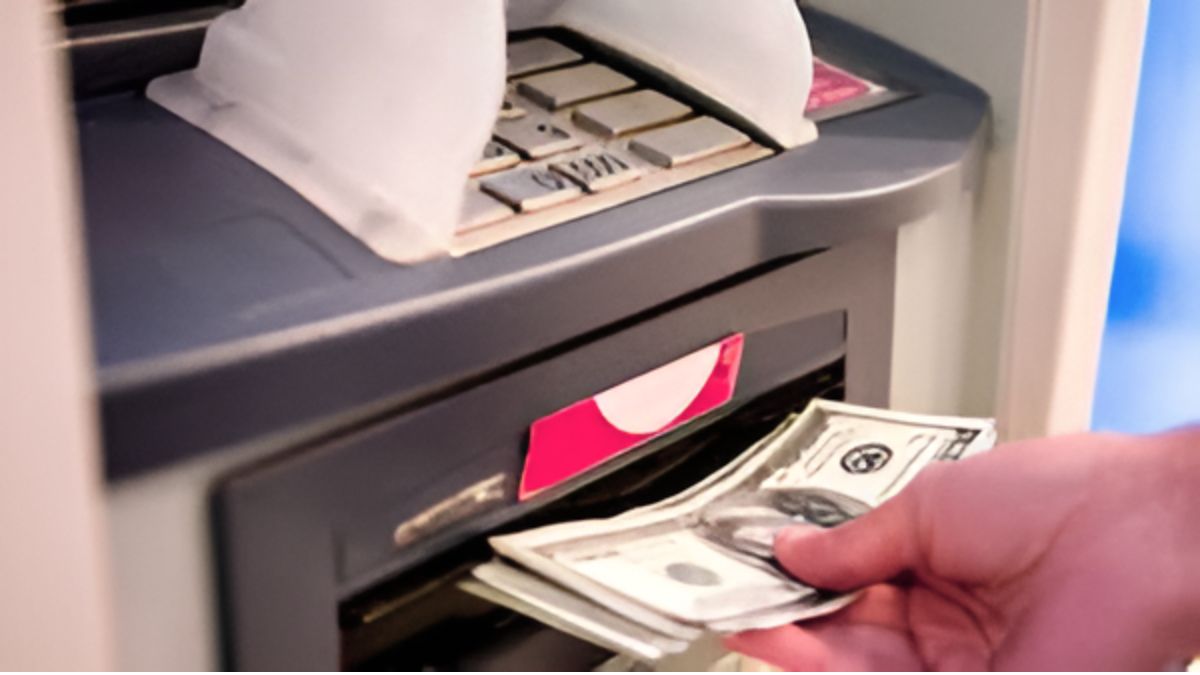The UK banking landscape is about to change. In 2025, many major banks will introduce new limits on how much cash customers can withdraw — a move designed to reduce fraud, control costs, and push the shift toward digital payments.
While many of us already rely on cards and mobile banking, these changes will matter most to people who still use cash regularly — pensioners, small business owners, and communities with limited access to digital infrastructure. Here’s what you need to understand and how to prepare.
Why Banks Are Setting Withdrawal Limits in 2025
Over the past decade, the UK’s financial habits have shifted heavily toward digital — contactless cards, mobile wallets, and online transfers are now the norm.
Banks argue that new withdrawal caps are necessary to:
- Prevent fraud and unauthorised transactions
- Minimise theft risks at ATMs and branches
- Encourage safer, traceable transactions
- Reduce operational costs associated with handling cash
In other words, the limits are a push toward a safer, leaner banking model — though they won’t feel seamless for everyone.
What the New Limits Are Likely to Be
While the final numbers will vary by bank and account type, here’s a working estimate for 2025:
| Withdrawal Type | Expected Cap |
|---|---|
| Daily ATM limit | £300 – £500 |
| Daily in-branch limit | ~ £1,000 |
| Weekly cash limit | £2,000 – £3,000 |
These limits may adjust based on your account status, how much you use cash, and your bank’s risk assessments. Some banks may allow temporary boosts for special needs (e.g. travel or large one-off purchases).
Who Will Feel the Impact Most
These changes won’t bother most digital-first bank users, but certain groups may notice them sharply:
- Pensioners who prefer using cash
- Small businesses that pay suppliers or employees in cash
- People in rural areas with weak digital infrastructure
- Organisers of events, charity drives, or community fairs relying on cash
For those users, working around limits will require more foresight and often, more frequent smaller withdrawals.
How Banks Will Phase in the New Rules
Banks plan a gradual rollout during 2025. They’ll notify customers well in advance, and the changes will be applied in stages.
Typical rollout steps:
- Advance notice via mail, email or app alerts
- Automatic application of new limits to existing accounts
- Monitoring systems to flag unusual requests
- Option for temporary higher limits in verified cases
You may also see special measures to ease the shift — especially for customers in remote or underserved areas.
Everyday Situations That Could Be Affected
Even if you mainly use digital payments, there are moments when cash is essential. Under the new rules, you may need to plan ahead for:
- Paying tradespeople or local services who only accept cash
- Hosting events or fundraisers dealing in cash
- Hiring local vendors in rural settings
- Emergencies where digital payments aren’t accepted
In such cases, spacing out withdrawals or requesting temporary limits from your bank will help you avoid awkward shortfalls.
How to Prepare for 2025’s Cash Limits
You don’t have to wait for the rules to bite — you can get ahead now:
- Track your cash usage over a month to see what your real needs are.
- Use digital methods wherever possible (card, apps, bank transfers).
- Talk to your bank about how the changes will affect your account.
- Ask in advance for higher limits if you have big payments coming up.
- Spread out withdrawals across accounts or days to reduce peaks.
By planning early, you can avoid surprises and keep your finances running smoothly.
Why the Shift Toward Digital Banking Accelerates
These limits are part of a broader trend: the UK’s move toward a digital-first financial ecosystem. Analysts expect:
- Cash to fall below 5% of UK transactions by 2030
- Contactless and app-based payments to dominate
- Bank branches turning into advisory hubs, with less physical cash handling
Adapting now gives you more leeway in the transition period and helps make sure your day-to-day life isn’t disrupted.
Conclusion
Cash withdrawal limits in 2025 represent a big shift. For many, they’ll go unnoticed. But for those who still rely on cash — pensioners, small businesses, rural communities — they will reshape how you get and use money.
Now’s the time to plan: check your withdrawal habits, talk to your bank, and start relying more on digital tools where possible. With a little preparation, you’ll stay ahead of the change and keep your finances running smoothly.
Frequently Asked Questions (FAQs)
When will the new withdrawal limits start?
Most UK banks will begin rolling out these limits in early 2025, with full implementation expected by mid-year.
What will the daily ATM cash limit be?
Estimates suggest a daily ATM limit of £300 to £500, though final figures will depend on your bank.
Can I request more cash in an emergency?
Yes — banks plan to allow temporary higher limits for legitimate needs like travel or emergencies, subject to verification.
Will rural customers lose access to cash?
No. Banks will work with post offices, mobile banking units, and local branches to maintain essential services, especially in underserved areas.
How do I avoid hitting the new limits?
Use digital payments, stagger your withdrawals, and proactively request limit adjustments when needed.



